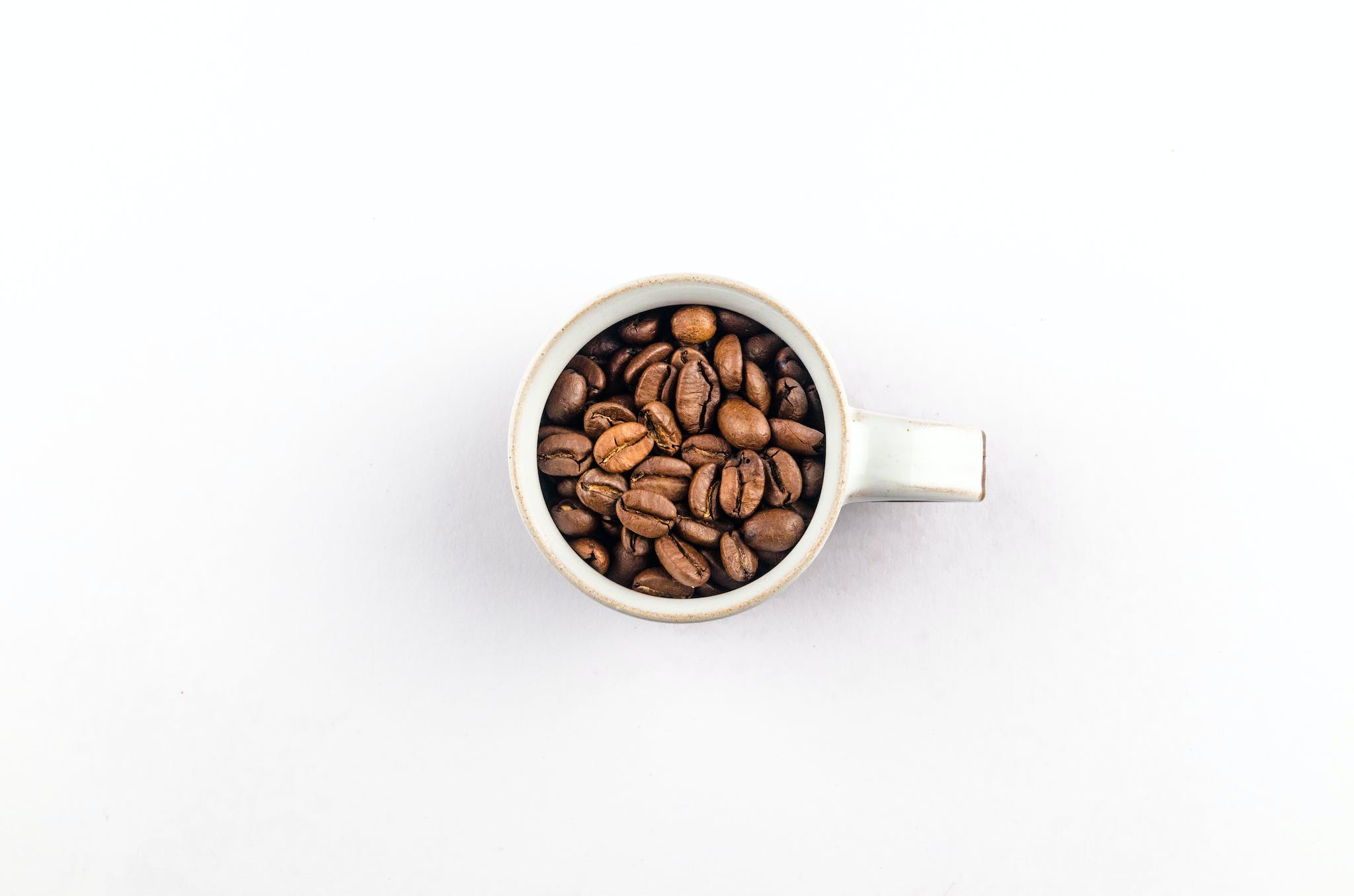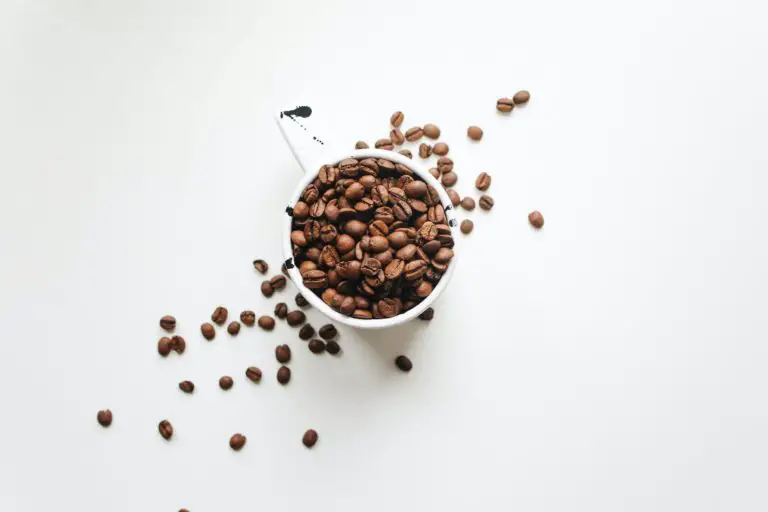How to Choose Coffee Beans
Navigating the sea of coffee beans, I’ve learned to chart my course by both taste and expertise. I’ll start by considering the bean’s origin, as each region imparts its unique signature. I prefer single-origin beans when I’m after a distinct profile, but I opt for blends when I seek harmony in my cup.
Roast level is crucial, too; I match it with my preferred brewing method for optimal extraction. I’ll assess freshness by the roast date, as it’s a non-negotiable for peak flavor. I’ve honed my palate to discern the subtle notes and body of each variety, which guides my selection.
Understanding that mastery means acknowledging the chain from farm to cup, I factor in sustainability and ethical sourcing. For those on a similar quest, these pillars of choice serve as a foundation for selecting the perfect coffee beans.
Key Takeaways
- The birthplace of a coffee bean profoundly influences its flavor profile.
- The roast level of a coffee bean shapes its flavor and aroma profile.
- The freshness of coffee beans is crucial for optimal flavor.
- Pairing the right coffee bean with the ideal brewing method enhances the drinking experience.
Understanding Coffee Origins
As a coffee enthusiast, I’ve learned that a bean’s birthplace—its coffee-growing region—profoundly influences its flavor profile. Arabica beans, for instance, boast diverse flavor profiles depending on their origin. The caffeine content, often not the primary focus, still plays a role in the bean’s character.
Costa Rican coffee is celebrated for its full-bodied taste, with beans grown in rich volcanic soil contributing to its distinct tasting notes. Delving into coffee varieties, I appreciate how African coffee, particularly Ethiopian, showcases pronounced acidity and tea-like nuances, indicative of the coffee plant’s adaptation to the region’s climate. Coffee production techniques in Yemen yield beans with stone fruit and berry accents.
Mastering coffee selection requires understanding these regional subtleties, elevating the sensory experience to new heights.
Deciphering Roast Levels
I’ve discovered that the roast level of a coffee bean is a key factor in shaping its flavor and aroma profile. Light roasts, often light brown in color, boast higher acidity and a spectrum of vibrant flavors, truly reflecting the bean’s origin. Medium roasts strike a harmonious balance with a medium body, exhibiting fruitier notes and moderate acidity. Darker roasts, on the other hand, unveil a smoky essence and a reduction in caffeine content.
To evoke the sensory journey of coffee tasting, consider this table:
| Roast Level | Emotional Journey |
|---|---|
| Light Roast | Awakening Clarity |
| Medium Roast | Comforting Balance |
| Dark Roast | Intense Boldness |
Mastering the nuances between these roast levels, including the significance of the roast date, allows for a refined selection tailored to personal taste and preferred brewing methods.
Assessing Bean Freshness
In choosing coffee beans, I’m always mindful that the pinnacle of flavor hinges on their freshness. To master my selection, I scrutinize the roast date when buying coffee, whether it’s from a store or coffee shop.
I’ve learned that arabica beans, revered for their quality, reveal their best notes within 7 to 21 days post-roasting. I commit to whole bean coffee, eschewing pre-ground options, as grinding accelerates the degradation of the oils that are essential to the beans’ vitality.
I store my coffee in a sealed bag, shielded from light, and purchase only what I’ll use in a fortnight. I’ve noticed lighter roasts can retain their character a bit longer than darker roasts, yet no matter the shade, staleness is undeniable when coffee tastes flat or cardboard-like.
Identifying Your Flavor Profile
Determining one’s flavor profile is crucial after ensuring the freshness of your coffee beans. Here’s how I delve into the nuanced world of flavor profiles:
- Know Your Beans: Arabica beans are renowned for their smooth, delicate flavor, while robusta offers a more robust, earthy quality. I taste them separately to understand their unique contributions.
- Consider the Origin: Single-origin coffee showcases different flavor profiles that range from bright acidity to low acidity. I explore various regions to refine my palate.
- Roast and Process: The roast level can introduce a balanced flavor or pronounced acidity. I also experiment with different processing methods to discern subtle differences.
I let my taste buds be the guide, seeking out coffees that resonate with my personal preferences and expanding my expertise with each sip.
Considering Brewing Methods
While exploring the nuances of flavor profiles, I’ve also learned that pairing the right coffee bean with its ideal brewing method can significantly enhance the drinking experience. Different types of coffee shine with specific Coffee Brewing techniques.
To master your brew, it’s essential to align the roast level with the chosen method. For instance, a dark roast coffee tends to be less acidic and may overwhelm a delicate pour-over, yet it’s perfect for a robust French press. Conversely, vibrant light roasts with sharp acidity excel in a slow drip coffee maker or cold brew setup.
When I Choose Coffee Beans, I consider how their characteristics will interact with my brewing choice. Certain beans work well across multiple methods, but fine-tuning the match can turn a good cup into a transcendent one.
Frequently Asked Questions
How Do You Pick Good Quality Coffee Beans?
I prioritize beans’ freshness and origin, opting for 100% Arabica or a quality blend. I consider roast level and processing method to match my taste, ensuring sustainability and fair trade practices are honored.
What Kind of Coffee Bean Should I Get?
What defines my perfect cup of coffee? I’d opt for a single-origin Arabica bean for a refined flavor, carefully considering the roast level and processing method to suit my sophisticated palate.
Which Beans Are Best for Coffee?
The best beans for coffee depend on personal taste. I prefer 100% Arabica for its smooth flavor, but for a bolder taste, a Robusta blend might suit. Always opt for freshly roasted beans.
How Can You Tell Good Coffee Beans?
Navigating the seas of coffee, I look for beans with a recent roast date and a rich aroma, checking for smooth, glossy surfaces—a telltale sign of quality that doesn’t disappoint my palate.
Conclusion
In the end, selecting the right coffee beans is a journey of the senses, a gentle dance with the world’s flavors.
I’ve found that embracing the softer notes of each bean’s origin and roast creates a harmonious morning ritual.
It’s not just about the caffeine boost—it’s about savoring each sip.
Whether it’s the bold embrace of a dark roast or the subtle whisper of a light one, the perfect cup is out there, waiting to be discovered.







